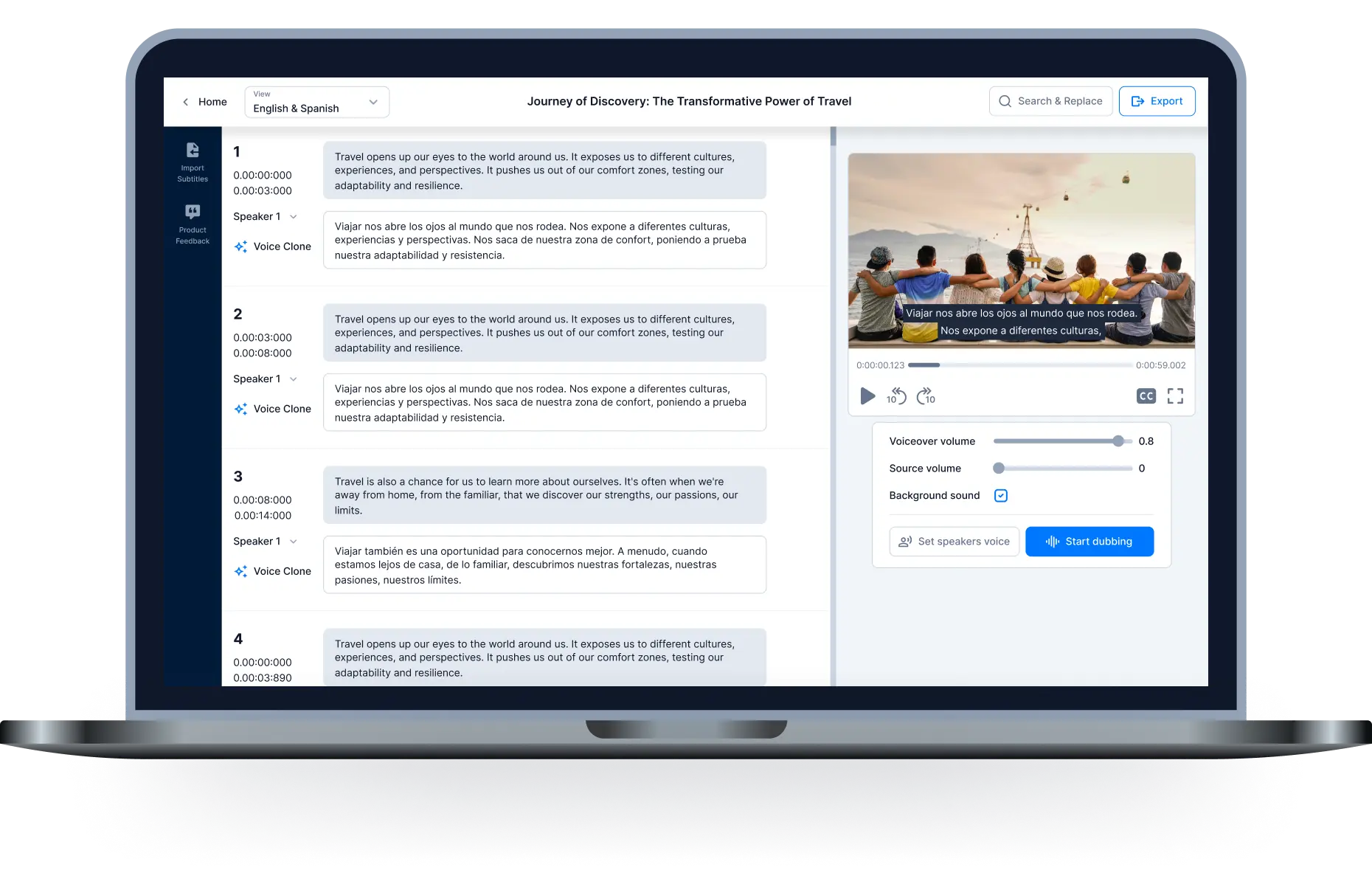Revolutionizing Multilingual Media: The Rise of Automatic Video Dubbing

In a world where global communication and entertainment have become more interconnected than ever, language barriers have remained a significant hurdle for diverse audiences. However, with the rapid advancement of artificial intelligence and natural language processing technologies, a revolutionary solution is emerging – automatic video dubbing. This cutting-edge technology is poised to transform the way we consume media and bridge the gap between languages, making multilingual content accessible to a global audience like never before.
The Power of Automatic Video Dubbing
Automatic video dubbing is an innovative AI-driven process that allows audiovisual content, such as movies, TV shows, and online videos, to be translated and voiced into multiple languages seamlessly. This groundbreaking technology utilizes speech recognition, machine translation, voice synthesis, and lip-syncing algorithms to synchronize the translated audio with the original video, creating a truly authentic experience for viewers in their native tongues.
Breaking Down the Process
The process of automatic video dubbing involves several sophisticated steps working in harmony:
Speech Recognition: Advanced speech recognition systems analyze the original audio and convert spoken language into text, capturing the nuances and emotions of the actors' performances.
Machine Translation: State-of-the-art machine translation algorithms then translate the transcribed text into the desired target language, maintaining context and cultural references.
Voice Synthesis: Natural-sounding voice synthesis models generate human-like voices, ensuring the dubbing sounds as close to a human voice actor as possible.
Lip-Syncing: To maintain a seamless viewing experience, AI-based lip-syncing technology ensures that the dubbed audio synchronizes perfectly with the actors' lip movements on screen.
Advantages of Automatic Video Dubbing
The rise of automatic video dubbing brings several notable advantages to the media and entertainment landscape:
Global Accessibility: Automatic video dubbing enables content creators to reach a broader and more diverse audience worldwide. Audiences from different linguistic backgrounds can now enjoy movies and shows in their native language, fostering a deeper connection with the content.
Faster Localization: Traditional manual dubbing can be time-consuming and costly, leading to delays in content availability. Automatic video dubbing significantly accelerates the localization process, reducing production timelines and increasing efficiency.
Consistent Quality: By utilizing AI models, automatic video dubbing maintains a consistent level of quality across translations. Unlike human voice actors, AI-generated voices can deliver a consistent performance, ensuring a smooth and engaging viewing experience.
Multilingual Content Creation: With automatic video dubbing, content creators can explore new markets and create content in multiple languages without the need for extensive localization efforts.
Challenges and Ethical Considerations
While automatic video dubbing brings exciting possibilities, it is not without its challenges and ethical considerations:
Cultural Sensitivity: AI models must be carefully trained to avoid cultural biases and inaccuracies that may arise during translation and dubbing.
Voice Customization: Striking a balance between customization and maintaining authenticity is essential to ensure AI-generated voices match the characters' emotions and expressions accurately.
Legal Concerns: Copyright and licensing issues may arise when using AI to dub copyrighted content, necessitating clear guidelines and agreements between content creators and distributors.
The Future of Multilingual Media
As automatic video dubbing continues to evolve, its impact on the entertainment industry and cross-cultural communication will only grow stronger. The technology will likely extend beyond movies and TV shows, revolutionizing e-learning platforms, corporate training videos, and even video conferencing for a more inclusive and connected world.
Conclusion
The rise of automatic video dubbing marks a significant milestone in the realm of multilingual media, promising to break down language barriers and enable global audiences to enjoy content in their native languages. As AI technologies advance, we can expect even more immersive and seamless experiences that cater to the diverse linguistic preferences of our global community. With the potential to revolutionize the media landscape, automatic video dubbing is a powerful force that deserves attention and exploration for its transformative impact on our interconnected world.

All-in-one video editor tool
The easiest, most powerful subtitle and voice-over video editor. Loved and trusted by content creators and video agencies of 100+ brands to reach and engage with audiences better.


